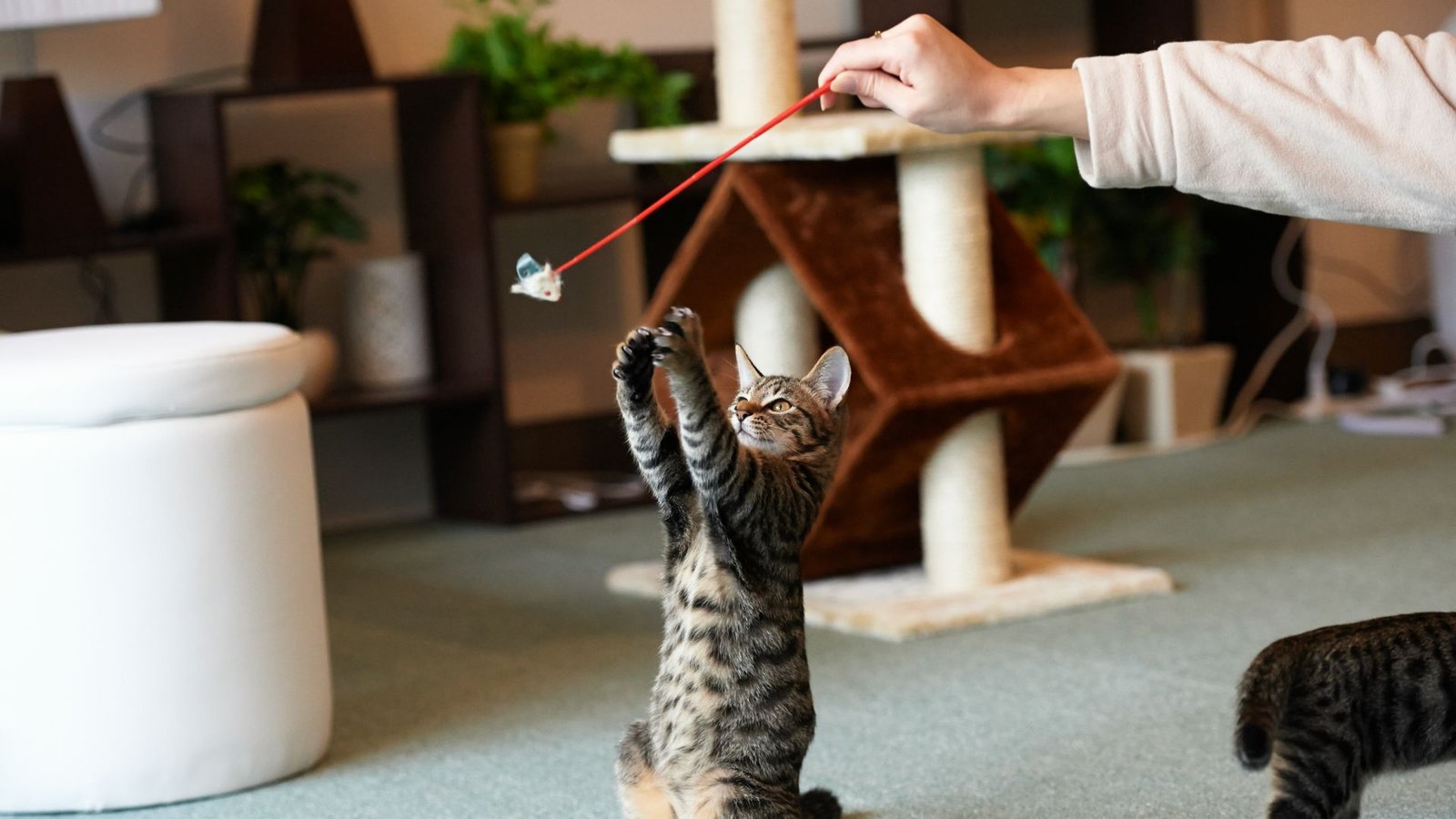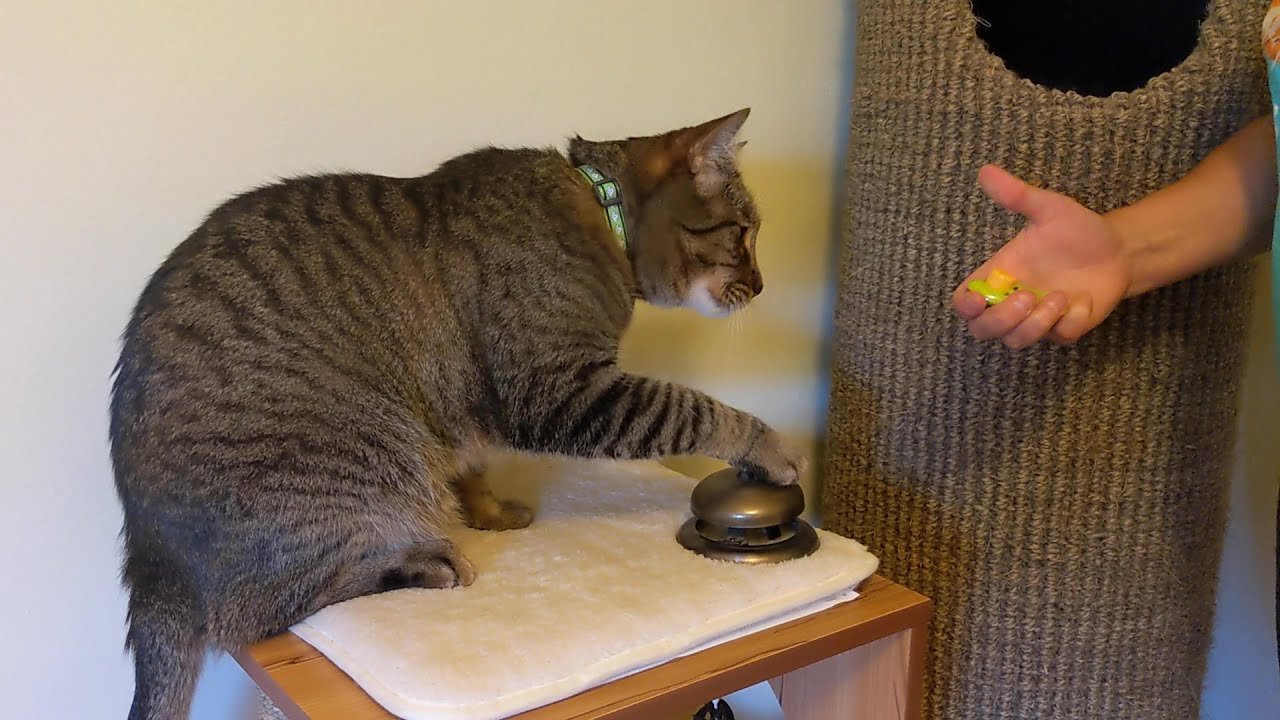Training your cat with accessories can be a fun and rewarding experience for both you and your feline friend. Whether you want to teach your cat basic commands, encourage play, or help them adapt to new environments, using the right tools can make all the difference. In this article, we’ll share effective strategies for training your cat with accessories that are easy to follow and understand.
1. Choose the Right Accessories
The first step in training your cat with accessories is selecting the right tools. Various accessories can aid in training, such as clickers, harnesses, and toys. For instance, a clicker can help you mark desired behaviors instantly. Harnesses are perfect for outdoor training, as they allow you to take your cat on walks safely. Choose accessories that fit your cat’s personality and the type of training you want to achieve.

Discover Engaging Entertainment Options Online
For those looking to enhance their digital leisure time, live casino games offer a captivating way to experience real-time interaction and excitement. Koontyme’s focus on quality content aligns perfectly with these immersive gaming experiences.
2. Start with Basic Commands
When learning how to train your cat with accessories, it’s best to start with basic commands like “sit” or “come.” Begin by using treats or toys as rewards. For example, hold a treat above your cat’s head to encourage them to sit. Once they do, click the clicker or say “good” and give them the treat. This method helps your cat associate the command with a positive outcome. Consistently practice these commands to reinforce learning.
3. Use Clicker Training
Clicker training is an effective method when training your cat with accessories. The clicker is a small device that makes a sound when pressed. It helps signal to your cat that they have done something right. Start by clicking the device when your cat performs a desired action, like using their scratching post instead of the furniture. Immediately follow the click with a treat. Over time, your cat will learn that the sound means they did well and will repeat the behavior.
4. Incorporate Toys in Training
Toys can be a fantastic way to make training fun and engaging. Using interactive toys, such as feather wands or laser pointers, encourages your cat to follow commands while playing. For example, you can use a wand toy to lure your cat into a “sit” position. As they engage with the toy, reinforce their good behavior with treats. This approach combines playtime with training, making it enjoyable for your cat.
Koontyme and Online Entertainment
Koontyme.com appears to be a domain name, and it’s unclear what specific content it hosts. If you’re looking for entertainment, you can explore various options at a reputable us casino.
5. Create a Routine
Establishing a routine is crucial when training your cat with accessories. Cats thrive on consistency, so set aside specific times each day for training sessions. Keep these sessions short, about 5 to 10 minutes, to hold your cat’s attention. Regular practice helps reinforce commands and behaviors, making it easier for your cat to learn.
Your Guide to Online Entertainment and Rewards
Koontyme brings you the latest insights and tips on maximizing your online experiences with trusted recommendations and bonuses. For players in Australia seeking risk-free gaming, the no deposit bonus casino australia offers an excellent way to enjoy popular casino games without an initial deposit. Staying informed helps you make smart choices while having fun online. Discover new opportunities to play responsibly and win big.
6. Use Positive Reinforcement
Positive reinforcement is essential in training your cat with accessories. Reward your cat with treats, praise, or extra playtime whenever they successfully follow a command. This method encourages them to repeat the behavior in the future. Avoid negative reinforcement, as it can lead to fear or anxiety, making training more challenging.
7. Be Patient and Understanding
Training your cat with accessories requires patience and understanding. Each cat learns at their own pace, so don’t rush the process. If your cat seems frustrated or uninterested, take a break and try again later. Building trust and maintaining a positive atmosphere will help your cat feel more comfortable and willing to learn.
8. Socialization with Accessories
Socializing your cat is another important aspect of training. Use accessories like collars or harnesses to help your cat feel comfortable in different environments. Start by letting your cat wear the collar indoors for short periods. Gradually introduce the harness for outdoor adventures. This exposure helps your cat become accustomed to new sights, sounds, and experiences, making them more adaptable.
Explore Diverse Interests with Koontyme
Koontyme.com offers a collection of articles and insights covering a wide range of lifestyle topics and perspectives. Discover engaging content and explore new areas of interest. For those with diverse online interests, you can explore information about the top au online casino.
9. Monitor Progress
As you train your cat with accessories, keep track of their progress. Note which commands they learn quickly and which ones take more time. Celebrate small victories and adjust your training strategies as needed. This monitoring will help you understand your cat’s learning style and make the training process more effective.
10. Seek Professional Help if Needed
If you find that training your cat with accessories is proving challenging, don’t hesitate to seek professional help. Cat trainers or behaviorists can provide valuable insights and techniques tailored to your cat’s needs. They can guide you through specific training challenges and ensure that both you and your cat have a positive experience.
Enhance Your Cat Training with the Right Accessories
Training your cat effectively often requires the right tools and a strategic approach to keep them engaged. Just as mastering poker online demands focus and patience, training pets with accessories requires consistent effort and smart techniques. Incorporating interactive toys and rewards can make the training process more enjoyable for both you and your feline friend. This balance of discipline and fun helps build a stronger bond with your cat.
Conclusion
Training your cat with accessories can be a rewarding journey filled with fun and learning. By choosing the right tools, practicing consistently, and using positive reinforcement, you can successfully teach your cat new commands and behaviors. Remember to be patient, monitor progress, and enjoy the process of building a stronger bond with your furry friend.




